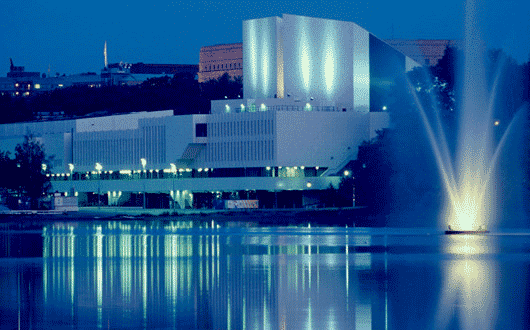Traveling to the world’s top destinations for design – whether that means architecture, fashion, or even food – means more than just stopping by the local art museum. Here’s our guide to the finest of all things travel in the cities where ‘design’ is always spelled with a capital D.
Paris
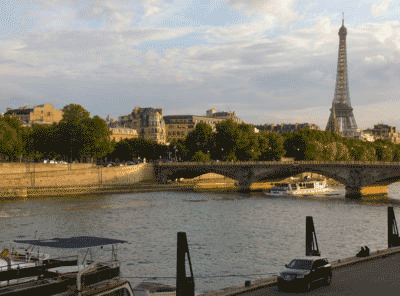
The hardest part of writing about Paris is saying something nobody else has before. The city’s parks, squares and boulevards are artistic genius themselves, and the once-controversial Tour Eiffel is today the cultural icon of France and the most visited paid monument in the world.
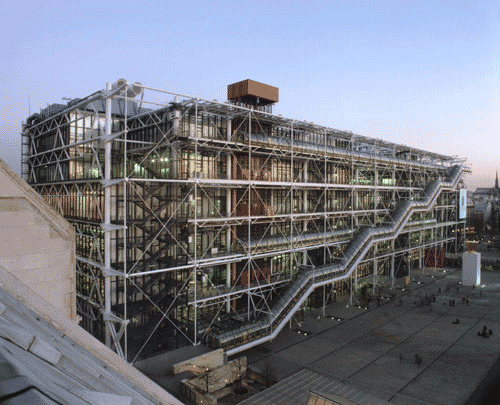
1977’s Le Centre Pompidou, the brainchild of Richard Rogers and Renzo Piano, is one of the 20th century’s architectural masterpieces. Less controversial than I.M. Pei’s Louvre pyramid and a lot more exciting, it’s also the largest modern art museum in Europe. Miss this one and you might as well not have bothered with Paris at all.
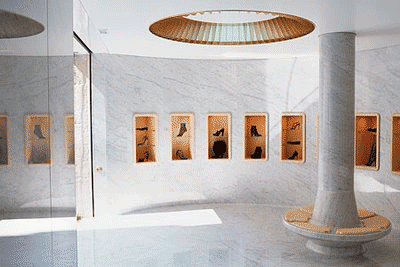
Every major fashion designer has a boutique in Paris, but one you might otherwise skip is situated in the Marais district. Tunisian-born Azzedine Alaïa’s shrine to sexy is coated in marble and houses his signature bandage dresses. Consider it a secret find. To put it in perspective: the shop doesn’t even have a website.
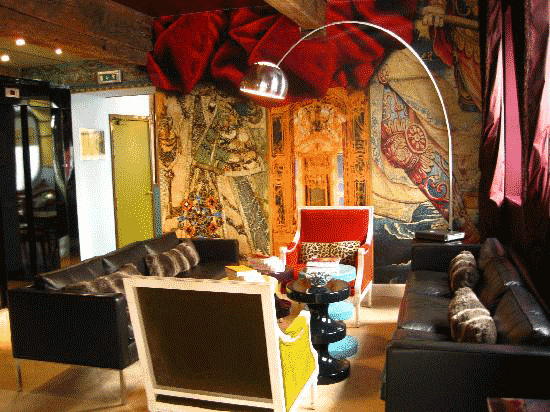
Those who require world-class design even in their dreams stay at the Hotel du Petit Moulin, which, if you didn’t already guess from the name, is adorable. Its colorful interiors, custom designed by designer Christian Lacroix, are modern plays on traditional Rococo décor. Bathroom-tile mosaics, fabrics made of velour and fur, and enormous murals are common threads among the 17 unique rooms. And if you thought it couldn’t possibly get any more charming, the hotel’s façade is a former boulangerie. Seriously.
Helsinki
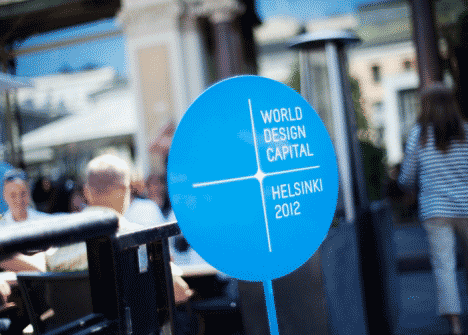
After earning the prestigious title of World Design Capital 2012, Helsinki shows no signs of slowing down soon. A new crop of young designers, especially in the fashion industry, have learned from the likes of legends and are ready to take the reigns.
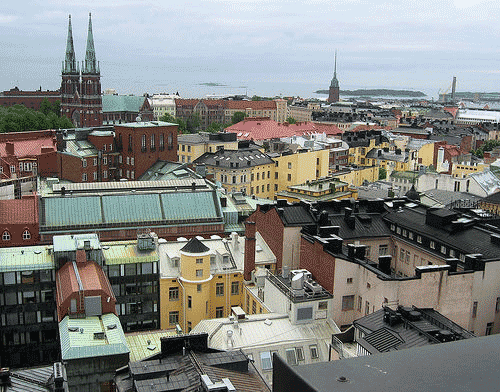
Two neighborhoods visitors won’t want to miss are Punavuori, an example of the familiar transformation from the former working-class district to the boutique-y flea market hub of the city, and Eira and Ullanlinna, its elegant counterpart, characterized by tree-lined streets, residential art nouveau buildings, and views of the Baltic Sea. In both, you’ll find authentic Finnish design, whether you’re looking for locally-produced crafts at the Saturday market or public sculpture in the park.
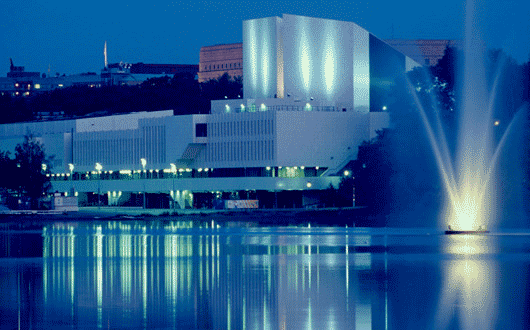
Helsinki’s one of those cities where just walking the streets means you’ll see the structures you vaguely remember hearing about while studying modernism in college. Catch a concert at Alvar Aalto’s Finlandia Hall, where everything is made of towering, asymmetrical marble slabs. Afterwards, visit the 150-year-old Swedish Theatre, whose mid-century renovations updated its ornate Rococo décor to a salute to Finnish functionalism. The result: a traditional theatre that appeals to Nordic tastes. The shows are still in Swedish, though.
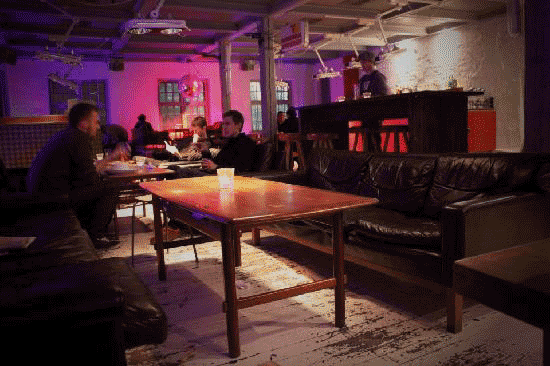
When you’re not scouring for notable architecture, consider shopping in the Design District. You’ll find showrooms, boutiques, museums, and galleries from hundreds of legendary and up-and-coming designers. Or, spend the day at Siltanen, a popular industrial hangout which is open from noon to 2 AM. Have brunch, drinks, dinner, and dancing, without ever leaving your spot.
Milan
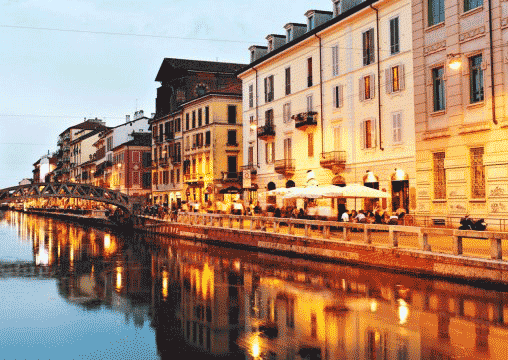
There’s a lot more to this curious Italian city than Fashion Week. Nestled between the mountains of Switzerland and the swanky Mediterranean, Milan’s unique identity can only be described through the art created there.
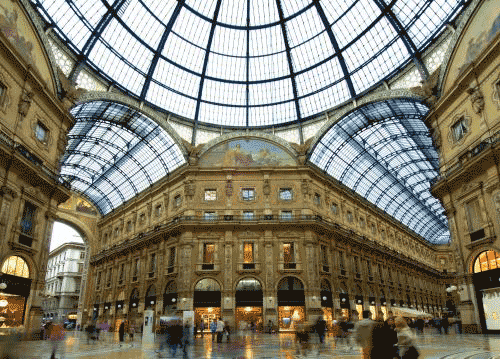
First thing’s first: go see The Last Supper, on display at the convent of Santa Maria delle Grazie. Once you’ve got that out of the way, you can get back to the important stuff: shopping! The famous Golden Triangle holds all the best Italian and international boutiques, but don’t forget about the mall of all malls, the Galleria Vittorio Emanuelle II. The gigantic double arcade is made of a cast iron roof and vaulted glass ceilings with two four-story promenades and mosaic floors. Here, you’ll find the original Prada store, of which there are now six in the city.
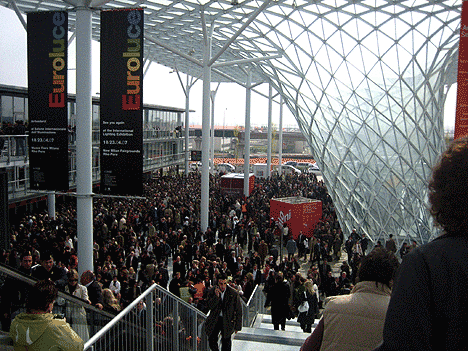
Those looking for a hotel bargain should stay far, far away from Milan in April, when the city is flooded with designers and transformed into one enormous showroom for the Salone Internazionale del Mobile. But for furniture lovers, it’s a dream come true.
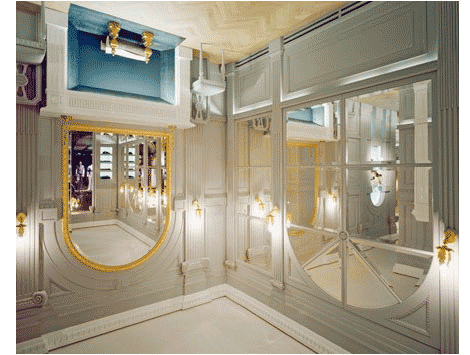
Just about everyone can appreciate the topsy-turvy design of the Viktor & Rolf boutique, where the structure is literally turned on its head. The architecture, otherwise based on 18th century Dutch and Swedish neoclassicism, allows guests to feel as if they are walking on the ceiling: crystal chandeliers pop out from the floor, chairs hang above, and gateway arches are upside down. Once you get over the initial shock, shop their men’s and women’s RTW collections, as well as their signature Flowerbomb fragrance.
London
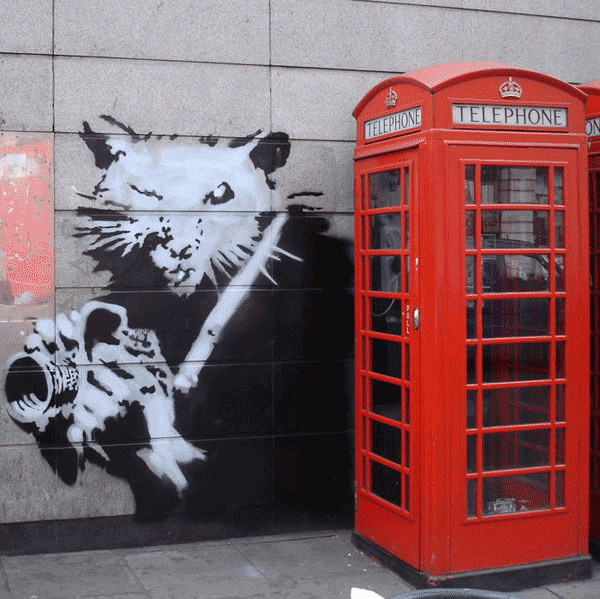
Yeah, we’re all sick of talking about it by now, but you just can’t get around the fact that London’s got some of the freshest artists, architects, and designers in the world. There’s more than just Banksy and Danny Boyle, although they’re pretty cool, too.
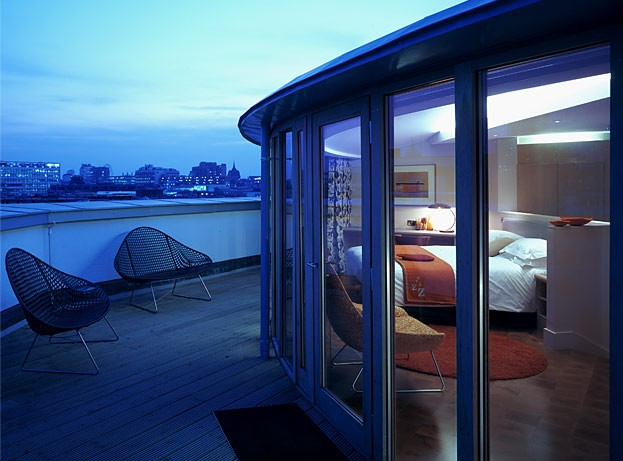
Once you’ve seen Westminster Abbey, the Tower of London, and Big Ben, do London the modern way and spend an afternoon in charming Clerkenwell, a neighborhood that’s within walking distance from just about anywhere. Guffaw at the gorgeous Georgian and Victorian townhouses and stay at the Zetter, a very reasonably priced hotel built out of a Victorian warehouse with modernist additions. The best of the best reserve the Roof Top Studio Deluxe, which comes with its own private deck overlooking the city.
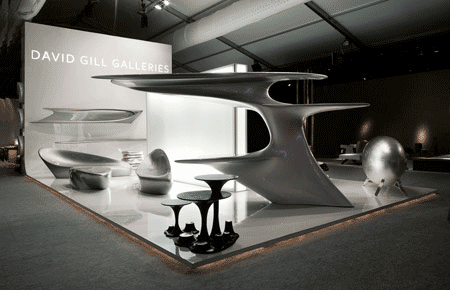
Skip Portobello Road in favor of the much more mature David Gill Gallery for souvenirs. Here you’ll find sculptural pieces, furniture, art from the 20th and 21st centuries, and one of the hottest spots in the city.
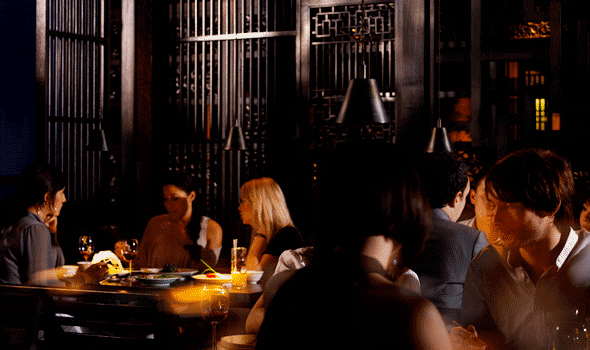
Though London has never been considered a culinary destination, a slew of new restaurants and hot chefs have transformed English cooking into art form. As if Gordon Ramsey’s ego wasn’t already big enough, his Maze Restaurant serves some of the most inventive cooking in the world, not to mention stunning modern interiors. Or, head down the tiny alley that leads to Hakkasan, the Michelin-starred Chinese restaurant and bar where you might spy a celeb, or better yet, a royal. Its chic, sexy setup goes well with a new pair of Nicholas Kirkwood’s, (but what doesn’t?)
Buenos Aires
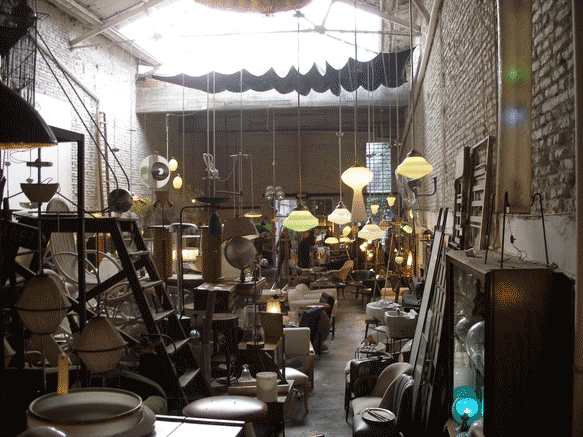
Europe may host the majority of design tourists, but south of the equator, Buenos Aires is the only destination that has historic buildings, a thriving art scene, and world class tango.
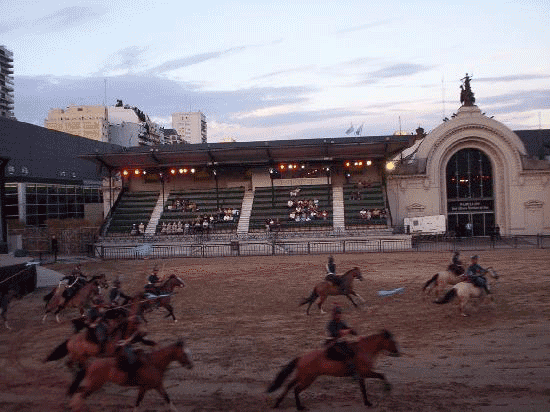
Start your archi-tour at the Centro Cultural San Martin, a rare South American example of 50s and 60s functionalism that acts as an art-house cinema. Then visit the Opera Pampa, a neoclassical pavilion constructed in 1910. This multi-space structure contains a restaurant, a shopping center, gaucho barbeque pits, and can house musical and variety shows.

Shopping in Buenos Aires means you’ll discover locally-produced items for the lowest possible price. Planas Viau, the world-renowned glassblowing firm, has its factory just south of the city (open for visitors,) and the Calma Chica boutique showcases exclusively Argentinean pieces, most of which are made from cowhide. For a taste of Buenos Aires’ past, check out what La Pasionaria, a warehouse of antique goods from the 1920s to the 1960s, has to offer.
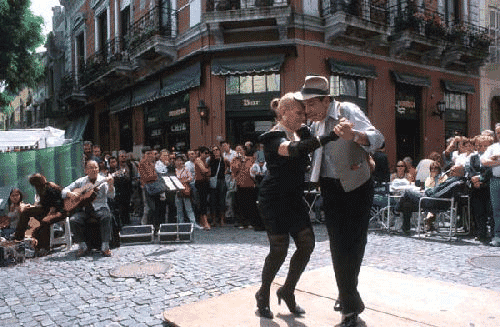
When not strutting around the super trendy Palermo district, take a stroll in San Telmo, one of the oldest parts of the city and also the district most famous for tango dancing. Similar to bohemian Paris, San Telmo has beautiful churches, occasional outdoor markets, and a lively atmosphere.

